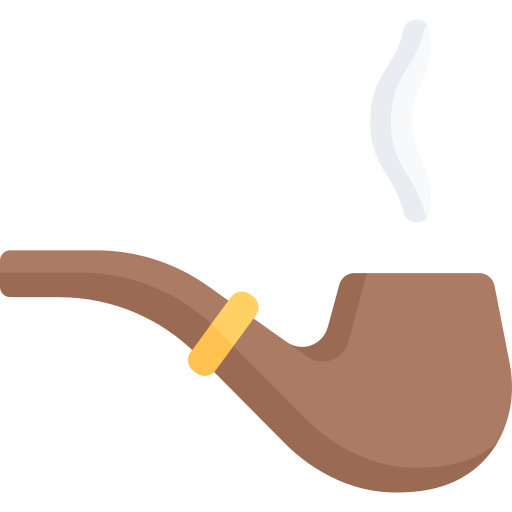The Fabric of Elegance
The Elizabethan era (1558-1603) was a time of lavish clothing and exquisite textiles that reflected the opulence and artistic sensibilities of the time. The fabrics and textiles used in Elizabethan fashion were more than mere materials; they were integral to the expression of wealth, status, and aesthetic taste.
Luxurious Silks
Silk was synonymous with luxury in Elizabethan fashion. Imported from places like Italy, Spain, and the Ottoman Empire, silk was prized for its smooth texture, rich luster, and vibrant colors. It was used in various forms, from clothing and accessories to upholstery and tapestries, creating a tapestry of elegance across Elizabethan society.
Velvets and Their Allure
Velvet was another cherished textile of the era, known for its softness and depth of color. Both silk and cotton velvets were used to create garments that exuded elegance and sophistication. Velvet was often incorporated into elaborate gowns, doublets, and capes, adding a touch of tactile luxury to the attire.
Sumptuous Brocades
Brocades were highly favored for their intricate patterns and luxurious appearance. Woven with metallic threads, brocades added texture and opulence to garments. They were used in both clothing and interior décor, adorning everything from courtly gowns to the lavish tapestries that adorned the walls of noble households.
Lavish Lace and Embroidery
Lace and embroidery were integral to the embellishment of Elizabethan attire. Delicate lace collars, cuffs, and ruffs adorned garments, creating intricate focal points. Embroidery, often adorned with pearls, gemstones, and gold thread, showcased the craftsmanship of artisans and added a layer of extravagance to clothing.
Woolens for Warmth and Comfort
While luxurious fabrics dominated the upper echelons of society, woolens remained essential for practicality and comfort. Wool was used for undergarments, stockings, and outerwear, ensuring warmth in the often chilly English climate. Wool garments were also adorned with decorative stitching and embellishments.
Exotic Imports and Global Influence
The Elizabethan era marked a period of global exploration and trade, resulting in the influx of exotic textiles. Fabrics like calico, chintz, and muslin from Asia brought new patterns and colors to Elizabethan wardrobes. These textiles reflected the global interconnectedness of the time and added a touch of cultural diversity to fashion.
Fashioning Identity through Fabric
The choice of fabric was a deliberate statement of identity and status. The fabrics worn by individuals signaled their place in the social hierarchy and their affiliations. Royalty and nobility adorned themselves with the finest silks and velvets, while those of lower status showcased their standing through more modest textiles.
Legacy of Opulence
The legacy of Elizabethan fabrics and textiles continues to inspire contemporary fashion and design. The opulent textures, intricate patterns, and sumptuous materials of the era serve as timeless references for designers seeking to capture the elegance and extravagance of Elizabethan attire.
Weaving a Tapestry of Artistry
The fabrics and textiles of the Elizabethan era were more than clothing; they were works of art that conveyed beauty, status, and cultural values. The combination of sumptuous materials and intricate craftsmanship created a visual tapestry that enriched the aesthetic landscape of the time.
Conclusion
The fabrics and textiles of the Elizabethan era were an integral part of the opulent tapestry that defined the fashion of the time. From silks that shimmered in the candlelight to velvets that offered tactile luxury, these materials added depth, richness, and elegance to clothing and interior décor. As we explore the world of Elizabethan fabrics, we uncover the layers of artistry that shaped an era of visual splendor.

